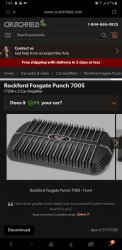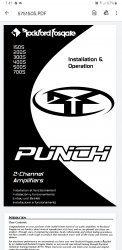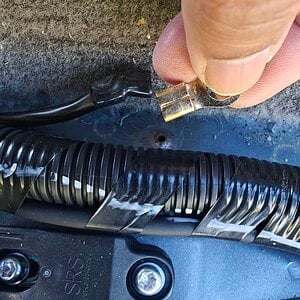Name'sDEEZ
CarAudio.com Regular
A friend of mine brought me multiple amps with the same stories that he bought them and when he installed them that they just went dead. (Fuses, smoke etc.) I know that hes not telling me everything. On one amp i connected correctly but as soon as i connected the power on battery i got the whiff of burning smell. So i disconnected. On second try it poped fuses as soon as i put music. Everything was on low settings on amp and head unit when i connected it.
Second amp i going to test he says that it powers on but no power to speakers. So before i even plug it in what else can i check?
Ive already opened and inpected them i believe him when he said brand new. So what am i missing?
Oh and when he handed them to me the gains were almost maxed if that helps.
Second amp i going to test he says that it powers on but no power to speakers. So before i even plug it in what else can i check?
Ive already opened and inpected them i believe him when he said brand new. So what am i missing?
Oh and when he handed them to me the gains were almost maxed if that helps.




